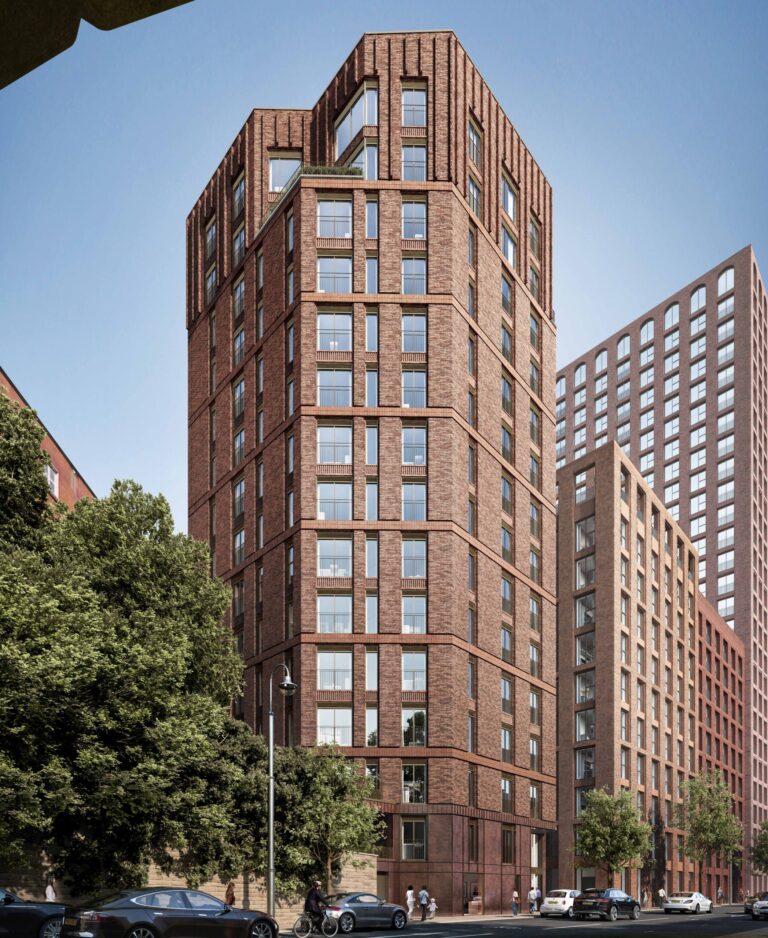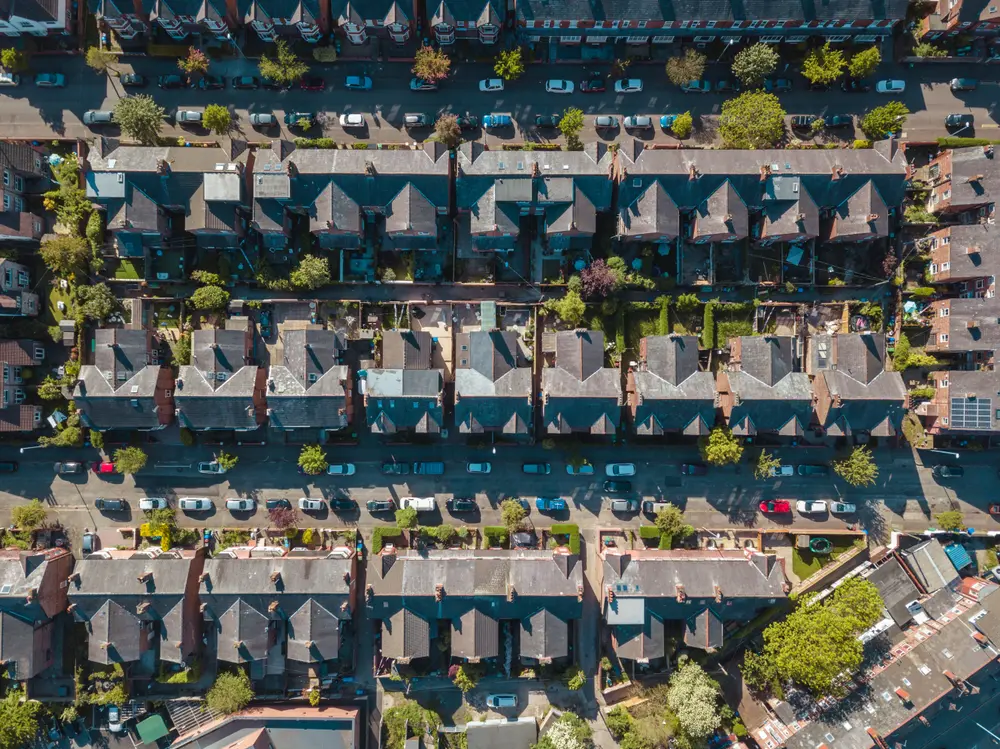With new figures revealing that interest-only mortgages are on the decline, buy-to-let property investors may be questioning whether it’s the best way to borrow.
Last week, a UK Finance report unveiled its latest findings which showed that the number of full interest-only mortgages still outstanding at the end of 2024 was 18.5% down on 2023’s figure – with 541,000 loans in total.
The partial interest-only mortgage figures – also known as a ‘part and part’ mortgage where you pay off a portion of the loan on interest-only and the rest as capital and interest combined – also showed a fall of 13% over the same time frame, dropping to 174,000 total loans.
In fact, interest-only borrowing has been falling for a number of years, according to the report, which revealed an overall 78% drop in the number of these loans being taken out since 2012, while the overall value has fallen by 61%.
So what’s behind this shifting trend? According to Toby Leek, president of NAEA Propertymark, economic turbulence may have made interest-only borrowing a less “attractive proposition”, as “the conditions must be right for such an undertaking”.
He added: “We have witnessed an unfavourable mix of higher inflation and elevated base rates over the past few years, which has made many interest only mortgages less attractive and potentially more of a risk to consider.”
Interest-only mortgages explained
With an interest-only mortgage, you only pay back the interest on your loan. If you borrow £200,000 over a 20-year term, you will still owe £200,000 at the end of that 20 years, and must have a plan to pay this off – either using other investments, for example, or by selling the property.
By contrast, on a repayment mortgage, your monthly total will be made up partly of the interest on the loan, and partly of a repayment amount to chip away at what you owe. It is calculated so that, by the end of your full mortgage term, the loan will be paid off.
Your monthly cost is therefore higher on a repayment mortgage than on an interest-only option, but as you chip away at your total loan amount, the portion of interest you pay will get lower.
It is normally possible to make overpayments on all mortgage types, normally up to 10% of your balance per calendar year. These overpayments will be taken off the amount you owe, reducing your loan size.
Possible benefits
Interest-only mortgage monthly payments are much cheaper than capital and interest mortgages, reducing your monthly outgoings.
For property investors, this means you get to keep more of your monthly rental income, so if your main investment goal is to generate a good, regular income while you own the property, this can work well.
At the same time, homeowners may be able to afford a more expensive property using an interest-only mortgage, due to the monthly outgoings being lower. However, there must be a plan in place to pay off the loan by the end of the term.
If you own a property for a long period of time in the UK, it is extremely likely to have gained in value over that time. Therefore, when the time comes to sell, although you will still owe the full amount of borrowing to the bank – plus capital gains tax and other sale costs – most landlords make a lump sum profit at this point, too.
Possible cons
If you’re only paying back the interest on a loan, you’re much more vulnerable to fluctuating interest rates. If your interest rate doubles, so do your monthly payments. On a repayment mortgage, although your costs will become higher if rates rise, the increase won’t be quite as steep.
Another potential downside, and perhaps the most obvious, is the fact that you will need to pay back the full amount of borrowing at the end of your interest-only mortgage term. If you haven’t factored this in, you are likely to need to sell the property when the mortgage term expires.
Because you’re not paying down your capital over the term of the mortgage, interest is always being charged on the full loan amount, which means the total amount you pay over time will be much higher than it would have been with a repayment option.
However, in many cases, you can switch your mortgage from repayment to interest-only, or from interest-only to repayment. In this way, you can keep your monthly outgoings down when it is needed, but then begin to pay off the mortgage again once you are in a better position to do so.










